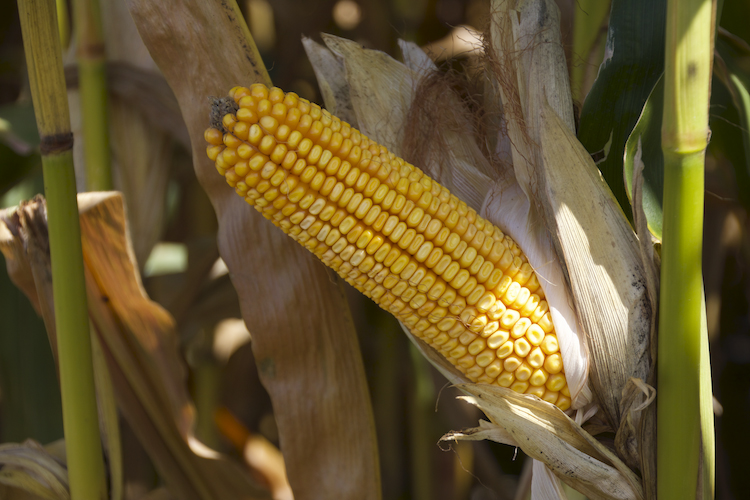
Historically, monitoring kernel milklines was the gold standard for determining time of harvest for corn destined for silage. Today, the metric for selecting when to start up the choppers more correctly identifies the readiness of the entirety of the complete plant.
While whole plant dry matter is a more accurate and effective measure of chopping readiness, kernel milklines should still be observed. Why?
“Determining when to harvest corn at the right whole plant moisture is difficult,” University of Wisconsin-Madison’s Joe Lauer explained. “We know that kernel milk stage is not reliable for determining the actual harvest date, but it is a useful indicator of when to sample fields to measure plant dry matter.”
A multistep determination
In fact, Lauer described the process of identifying the proper time to harvest as a three-step process. First and simply, be attentive of the order in which fields were planted. Then, take note of the silking dates of the plant.
The third step is monitoring kernel milk stage, but farms must also consider how they plan to store the forage. The table below outlines suggested kernel milk stage in which to start monitoring whole plant moisture.
| Table: Kernel milk stage for timing silage harvest | ||
| Silo structure | Ideal moisture content | Kernel milk stage trigger |
| Horizontal bunker | 65% to 70% | 80% |
| Bag | 60% to 70% | 80% |
| Upright concrete stave | 60% to 65% | 60% |
| Upright oxygen limiting | 50% to 60% | 40% |
“It is important to begin sampling early as a precaution against variation in dry down,” Lauer explained. “You will likely be too wet, but you will have an indication of how quickly dry down is occurring when the next sampling date takes place.”
Not quite that easy
Unfortunately, even these three steps can’t perfectly identify the correct time to harvest. If you’ve spent any time around a cornfield, you’ve likely noticed that environmental factors mean the field pretty much never grows uniformly.
In the case of these uneven fields, Lauer suggested separating them into representative groups. He recommended these sampling procedures at each location.
- Sample three to five plants in a row that are well-bordered and representative.
- Put the sample in a plastic bag.
- Keep the plants cool.
- Chop as quickly as possible.
- Measure moisture using near infrared reflectance spectroscopy (NIRS) and/or by drying using a Koster oven, microwave, or convection oven.
While these sampling methods can help to better identify harvest dates, they still only roughly estimate the correct date. When in doubt, Lauer leaves this piece of advice, “In general, corn silage that is slightly too dry is worse than corn silage that is slightly too wet. Therefore, starting harvest a little early is usually better than waiting too long.”








